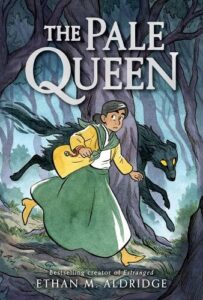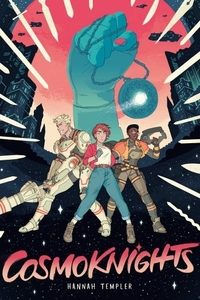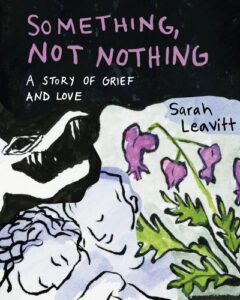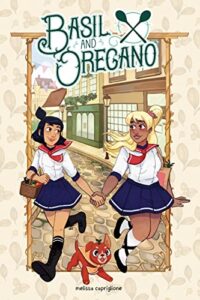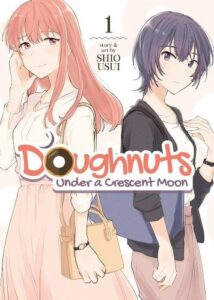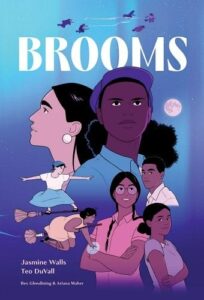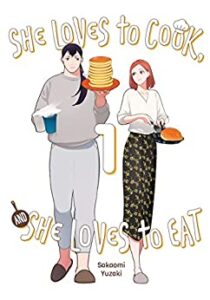Buy this from Bookshop.org to support local bookstores and the Lesbrary!
If you are like me, you are either anxiously awaiting news of your student loans being forgiven (if only) or desperately trying to not think about it at all (sorry). If only we could utilize our soft skills to vanquish them—if I could take out a percentage of my student loans for every book I read, I would be thriving. But thankfully for Molly Bauer, whose art school scholarship disappears at the start of her freshman year, she and nine other art students can receive a massive athletic scholarship if they win just one game. However, as Molly and her ragtag team of art compatriots struggle to learn the sport, they do learn how to work together on one of the most daunting assignments of all time: the dreaded group project.
I thoroughly enjoyed how goofy Bunt! is. It would have been so easy to sink into the scary situation Molly finds herself in, but Uzaku and Rupert refuse to let Molly (and the reader by extension) wallow. The illustration style and color palette add so much to the larger-than-life personalities of Molly and her friends, placing them on the top of my “fictional want to befriend” list. This team of queer weirdos galore make you want to cheer them on and on, even as the book is ending.
That being said, Bunt! does not shy away from harsh topics. The predatory nature of student loans and capitalism as a whole lurk almost constantly (even if it is hidden behind a cutesy shark with dollar-sign eyes), making Molly’s struggles even more relatable. Add to that the gentrification of Peachtree by PICA, the struggles of breaking free from family history as shown through Susanna and Ryan, and the stigma of dropping out of college in Ryan, and you have a book that would serve well into a discussion starter.
Comp titles include: the Scott Pilgrim series by Bryan Lee O’Malley, the Check Please! graphic novel duology by Ngozi Ukazu, or “Love and War #1” by Andrew Wheeler, Killian Ng, and Aditya Bidikar.
If you enjoy ragtag protagonists, college towns, sapphic romances, and saving a buck, you can order your copy of Bunt! Striking Out on Financial Aid through Bookshop, your local indie bookstore, or your library.


